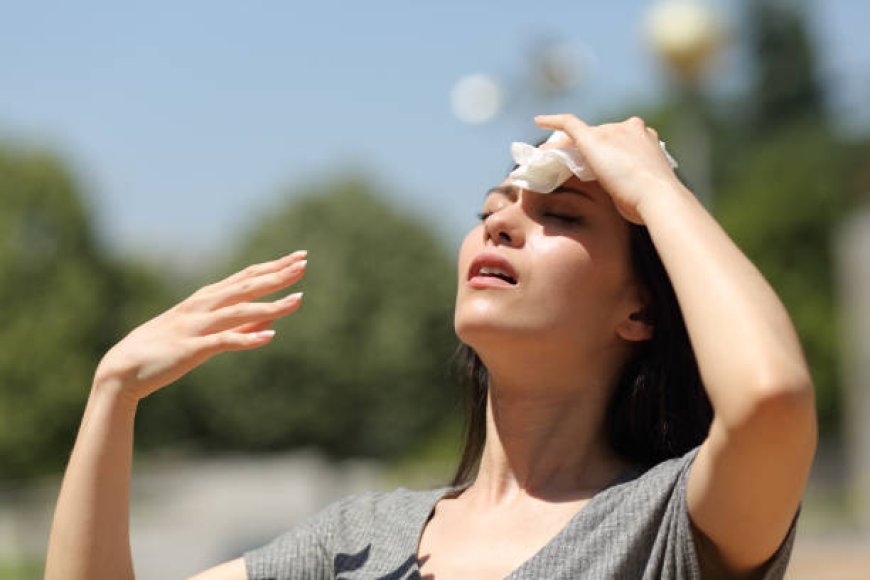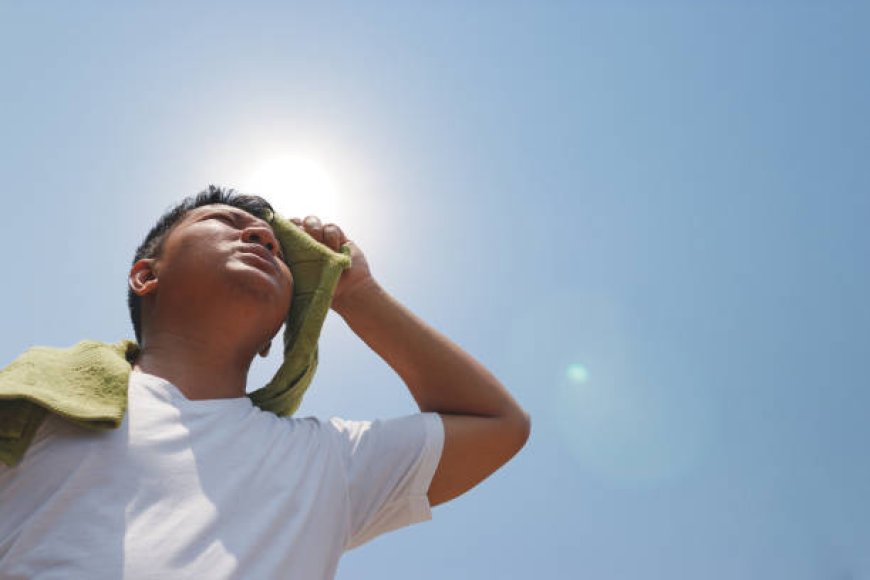Heat Stroke: Prevention, Symptoms, and Control
Heat stroke is a dangerous and potentially life-threatening condition that occurs when the body overheats due to prolonged exposure to high temperatures. It is crucial to recognize the signs of heat stroke and understand how to prevent and treat it. In this article, we explore the causes, symptoms, and effective measures to control and prevent heat stroke during hot weather.
What is Heat Stroke?
Heat stroke is the most severe form of heat illness and occurs when the body’s internal temperature rises above 104°F (40°C) due to prolonged exposure to high temperatures. Unlike heat exhaustion, which can be managed with rest and rehydration, heat stroke requires immediate medical attention because it can cause severe damage to organs, tissues, and even lead to death if not treated promptly.
When the body becomes overheated, it struggles to regulate its temperature, leading to a breakdown in its normal cooling mechanisms, such as sweating. This causes the body to retain excessive heat, leading to dangerous consequences.
Symptoms of Heat Stroke
Recognizing the symptoms of heat stroke is vital for quick intervention. The signs include:
- High body temperature: A core temperature above 104°F (40°C).
- Hot, dry skin: Skin may be red, dry, and lack sweat due to the body’s inability to regulate temperature.
- Rapid heart rate and breathing: The body’s attempt to cool down can cause an elevated heart rate and heavy breathing.
- Confusion or altered mental state: Individuals may experience confusion, dizziness, nausea, or fainting. In severe cases, unconsciousness may occur.
- Headache: Often a sign of dehydration and overheating.
- Nausea and vomiting: Due to the body’s stress and high temperatures.
If someone is showing signs of heat stroke, it is critical to act fast and seek immediate medical help.
Causes of Heat Stroke
Heat stroke typically occurs in extreme heat, especially when individuals are exposed to high temperatures for extended periods. The following factors can increase the risk of developing heat stroke:
- High humidity: When the air is humid, the body’s ability to sweat and cool off is impaired.
- Strenuous physical activity: Engaging in intense exercise or outdoor activities in the heat can overwhelm the body’s cooling mechanisms.
- Dehydration: Inadequate fluid intake leads to dehydration, reducing the body's ability to cool itself.
- Age: The elderly and infants are particularly vulnerable due to their reduced ability to regulate body temperature.
- Chronic illnesses: People with heart disease, diabetes, or other chronic conditions are at higher risk.
How to Prevent Heat Stroke
While heat stroke can be serious, it is largely preventable by taking the proper precautions during hot weather. Here are some essential tips to avoid heat stroke:
-
Stay Hydrated: Drink plenty of fluids throughout the day, especially water, to prevent dehydration. Avoid excessive amounts of caffeine or alcohol, as they can dehydrate the body.
-
Wear Light Clothing: Light-colored, loose-fitting clothing helps the body breathe and sweat more efficiently.
-
Avoid Direct Sun Exposure: Whenever possible, stay in shaded or air-conditioned areas during the hottest part of the day (typically 10 AM to 4 PM). If you need to be outside, take frequent breaks in the shade or indoors.
-
Limit Physical Activity: Avoid strenuous physical activity in extreme heat. If exercise is necessary, do it during cooler times of the day, such as early morning or evening.
-
Use Sunscreen: Protect your skin from sunburns, as they can increase your body’s temperature. Apply sunscreen with a high SPF regularly.
-
Monitor Vulnerable Populations: Elderly people, children, and individuals with chronic health conditions need extra attention during hot weather. Check on them regularly to ensure they’re staying hydrated and cool.
What to Do if Someone Has Heat Stroke
If someone exhibits signs of heat stroke, immediate action is necessary. Here’s how you can help until emergency medical help arrives:
-
Call for Help: Call emergency services right away. Heat stroke is a medical emergency.
-
Move to a Cooler Area: Get the person out of the heat and into a cooler environment, such as an air-conditioned room or a shaded area.
-
Cool the Body: Remove excess clothing and apply cool, damp cloths to the person’s skin. If possible, use fans or immerse them in cool water (not ice-cold) to lower their body temperature gradually.
-
Offer Fluids: If the person is conscious and alert, offer cool water or an electrolyte drink. Do not give them alcohol or caffeine, as these can make dehydration worse.
-
Monitor Vital Signs: Keep an eye on the person's temperature, heart rate, and breathing. If they lose consciousness or their condition worsens, be prepared to perform CPR if necessary.
Conclusion:
Heat stroke is a dangerous condition that can develop quickly, but with proper precautions and quick response, it can be prevented and managed. Staying hydrated, avoiding intense heat, and recognizing the signs of heat stroke can save lives. If you or someone you know is at risk of heat stroke, it’s essential to take the necessary steps to avoid it. By being aware and prepared, you can enjoy the summer safely while protecting yourself and those around you from the harmful effects of extreme heat.

 Priya
Priya 







